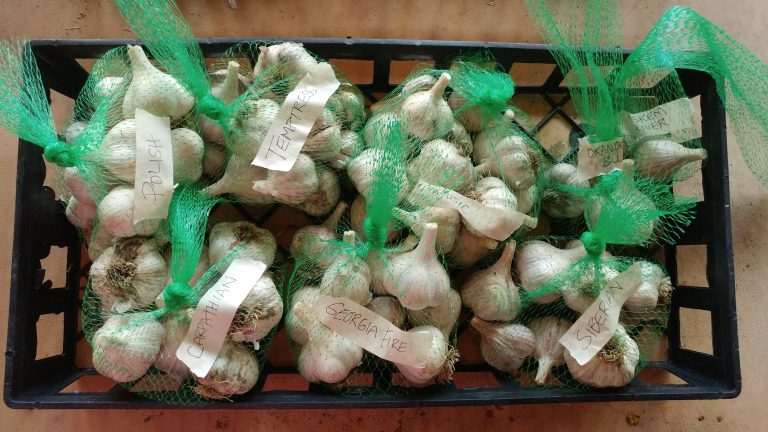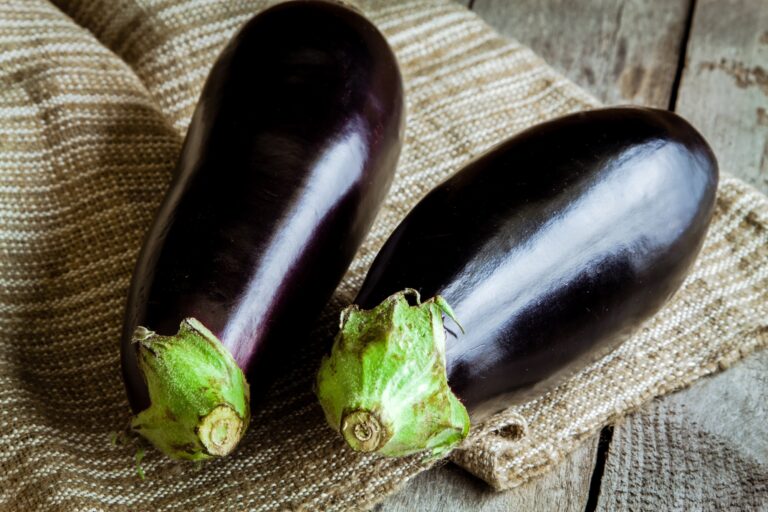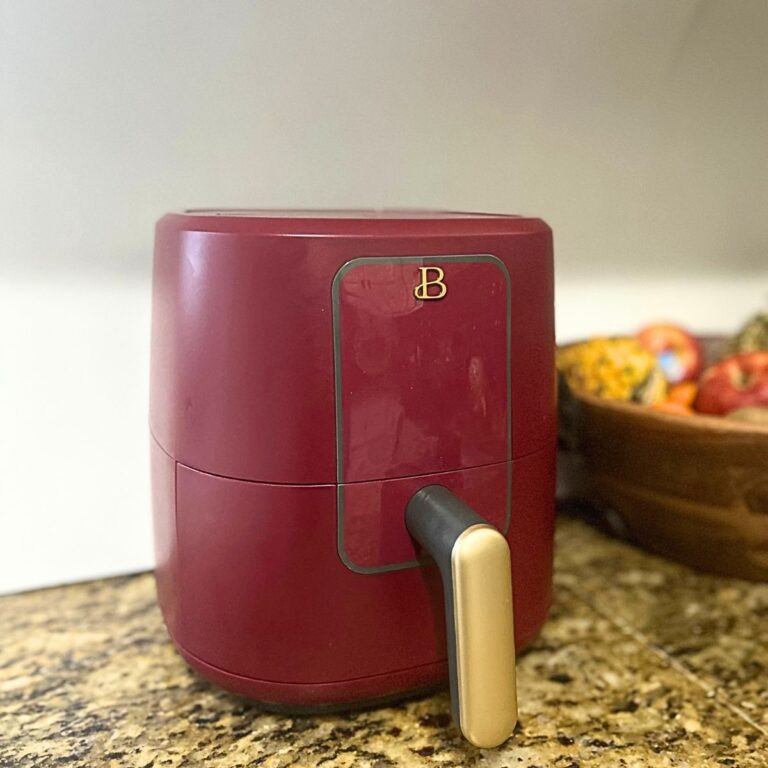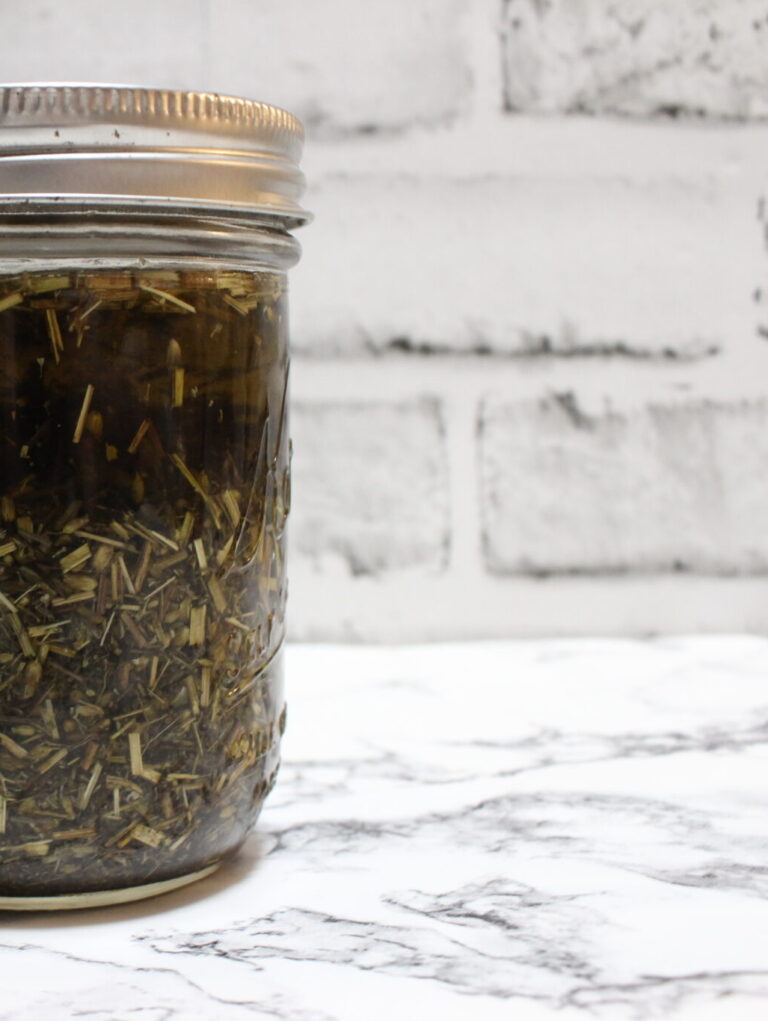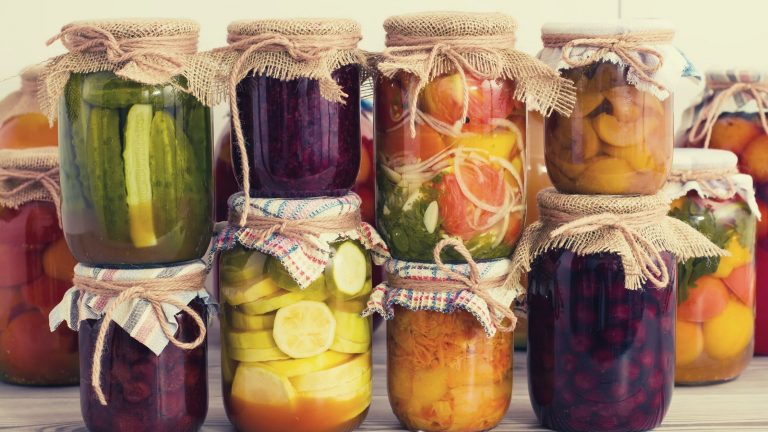This post may contain affiliate links.
A food dehydrator can be a great addition to your homestead kitchen. A dehydrator allows you to dry vegetables, herbs, fruit, and even meat. You can then store these foods long-term without the need for electricity.
While you can dehydrate some foods in your regular oven, or even outside in the sun, a dehydrator will be more efficient than both of these options. Dehydrators use less electricity and put out less heat than your kitchen oven. They work more quickly than an outdoor set-up or the sun.
Electric dehydrators are also more accurate than an oven or the sun. You can control the temperature carefully to ensure successful drying.
In short, if you want to dehydrate food on a regular basis, this gadget might be worth the investment. There are many dehydrators on the market. The purpose of this article is to help you choose a dehydrator that is right for your circumstances, budget, and needs.
What types of Food do you want to Dehydrate?
If you want to dehydrate basic fruits, vegetables, and herbs a more simple dehydrator will probably work well for you. We have a Nesco Snackmaster Dehydrator and it serves our purposes well. This version is under $100 and is one of the top selling dehydrators on Amazon.
The Nesco dehydrator comes with five trays, but more can be added. It has an adjustable thermostat (via a dial on top) that allows you to change the temperature based on the type of food you are trying to dehydrate.
If you are moving into more complicated dehydrating options like making jerky or dried fruit rolls, you may want to consider a “higher-tech” dehydrator. These advanced models offer more precision in their temperature control, more specific timing tools, and fancier trays.
The Cosori Premium Food Dehydrator, for example, has a digital timer that allows you to work in 30 minute increments. Overall, these more advanced dehydrators have more precise temperature controls because of how they are built. They basically look like small ovens with doors that seal to keep in the air and precision electronic settings. They may also be quieter.
What is your Budget for a Food Dehydrator?
When choosing any piece of equipment, budget also has to be a consideration. While the NESCO Snackmaster is a great choice for basic dehydrating, there are cheaper options that will work for beginner-level dehydrating products.
For example, Presto makes a dehydrator for under $50 that gets decent reviews. What you sacrifice with this model is the ability to add more trays (it can only take up to 8) and the ability to be precise with temperature settings. This model only has one set temperature that turns on when you plug it in and turns off when you unplug it. For dehydrating jobs that are fairly straightforward, this may work for you. Most fruits, for example, will dry fairly well at this standard temperature (165 degrees) though we often prefer something closer to 140 degrees.
If you have a bigger budget and are looking to make a long-term investment, the highly rated Cosori Premium Food Dehydrator could be a great choice for you. An even more signficant investment would get you the Tribest Sedona Express Dehydrator. This baby is compact and powerful with eleven stainless steal trays. Think of this like an upscale oven. It has a fan like a convection fan that evenly distributes the heat, multiple temperature settings, and a “fast” setting for dehydrating faster.
In short, the amount you spend on your dehydrator correlates pretty well to how precise you can be with your dehydrating projects.
How much space do you have for your Food Dehydrator?
If space is a concern for you, you may want to check out some of the more compact dehydrators on the market. The Excalibur 2400 is an example of a compact dehydrator (just 4 trays) that has the bells and whistles of some of the higher level models. It has adjustable temperature controls, a nice compact and air-tight build, and a fan to distribute heat.
A more compact dehydrator will take up less space on our countertop or in your storage closet. They can be a great choice for those living in smaller spaces. However, you won’t be able to hydrate as much food in one batch. If you’re going small, make sure you get a machine that is highly rated for quality and perhaps faster so that you can do more batches in a given amount of time.
Whatever dehydrator you choose, be sure to read consumer reviews on the product. You’ll soon find yourself getting creative with your dehydrating adventures and making snacks your whole family will love, not to mention incredibly useful dry ingredients for your cooking!
Carrie Williams Howe is an educational leader by day and an aspiring homesteader by night and weekend. She lives on a small homestead in Vermont with her husband, two children, and a rambunctious border collie. She blogs about her family's homestead life at The Happy Hive.

